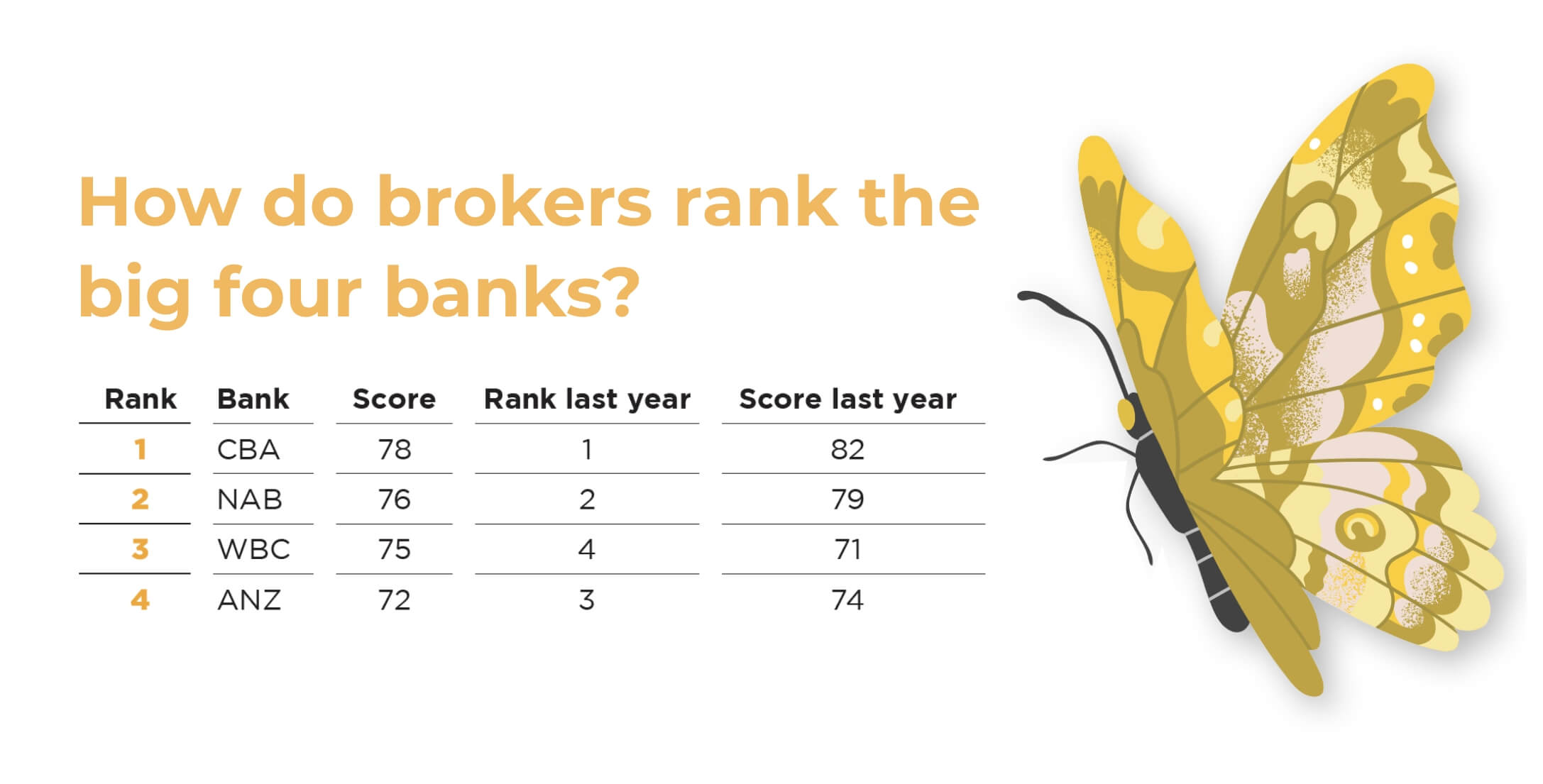It’s an unusual environment when brokers aren’t sending a large volume of business to the major banks, but that’s exactly what’s been happening in recent months. While the refinancing boom had seen a groundswell of business going to the majors in the financial year 2022 and 2023 (partly driven by generous cashbacks and super-low interest rates), things in the last financial year show a different trend emerging.
For Australia and New Zealand Banking Group (ANZ), the Commonwealth Bank of Australia (CBA), National Australia Bank (NAB), and Westpac Banking Corporation (Westpac), the pressure is really on to stay competitive. But the way several of the big four banks aim to stay competitive is not through product, policy, or pricing but technology.
All four major banks have been talking about digital transformation recently. For ANZ, it’s by focusing on its ANZ Plus digital home loan (available to borrowers on iOS and Android), an end-to-end digital home lending process that can be completed by borrowers within the ANZ Plus mobile app. Currently, it is only available to eligible owner-occupier applicants in metro NSW and Victoria for refinancing, but the expectation is that this will expand out in the near future.
Over at CBA, the launch of a new, digital home loan offering for new-to-bank mortgagors that can only be accessed online sent shocks through the broker channel, with many frustrated that the rates offered cannot be accessed through the third-party (or even direct) channel.
NAB has also been on the direct digital bandwagon, having launched a new service that can reportedly link customers with one of its 600 home loan bankers via a virtual meeting within 15 minutes.




